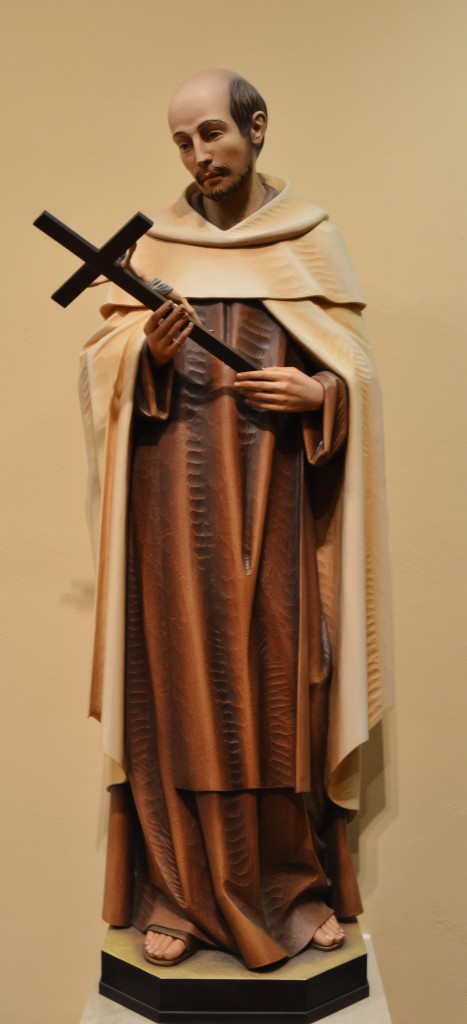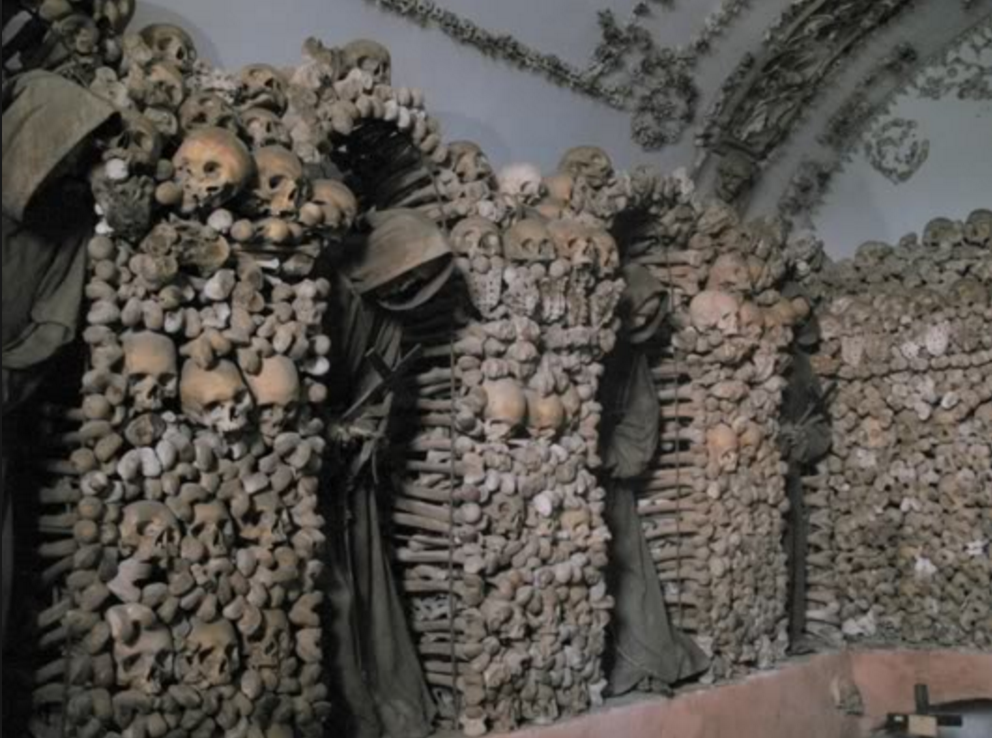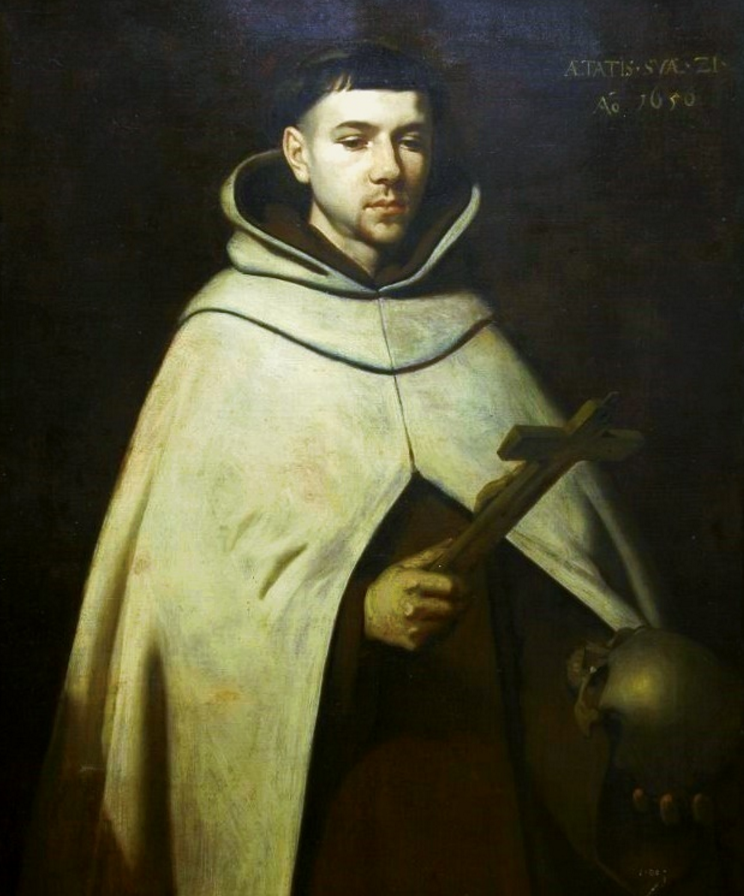That night I became ill with a fever. It was an attack of no great consequence, but alarming while it lasted. I tossed on my bed hour after hour in a state between waking and sleeping. The room seemed to be filled with saints looking down at me with supercilious expressions. Saint Ignatius stood by my pillow, wearing black velvet embroidered with gold. Saint Isidro wore a leather jerkin and high boots; a yoke of oxen were at his side. John the Baptist kept changing his appearance with chameleon rapidity, becoming each time more formidable. Then, I seemed to be out of doors, standing under a colonnade in the Plaza Mayor into which a mob was surging from the neighboring streets. There were more people on balconies and at windows. On a platform, raised above the crowd, I saw Philip, the king, in a black doublet and hose. His face had a secretive expression and his hair was pale under his feathered cap. There was a savage roar of voices, then a silence more horrible than the shouting. Those condemned by the Iquisitiors were filing past. They wore the yellow sanbenito painted with tongues of flame, and carried candles in their hands and green crosses. Presently, I was back in my room. Saint John of the Cross was there. He was wearing the white cloak of a Carmelite, and his face bore an expression at once ecstatic and compassionate. I heard over and over again the words:
Oh noche amable mas que el alborada.
O night more lovely than the dawn.
I did not know whether it was he or myself who was saying them. Then, I knew it was myself, and that what I had thought to be his cloak, was the curtain. Through the window I saw the sky streaked with daylight. –‘A Journey in Spain: Saint Teresa’ Elizabeth Hamilton

St John of the Cross. Euclid, Ohio.





Recent Comments